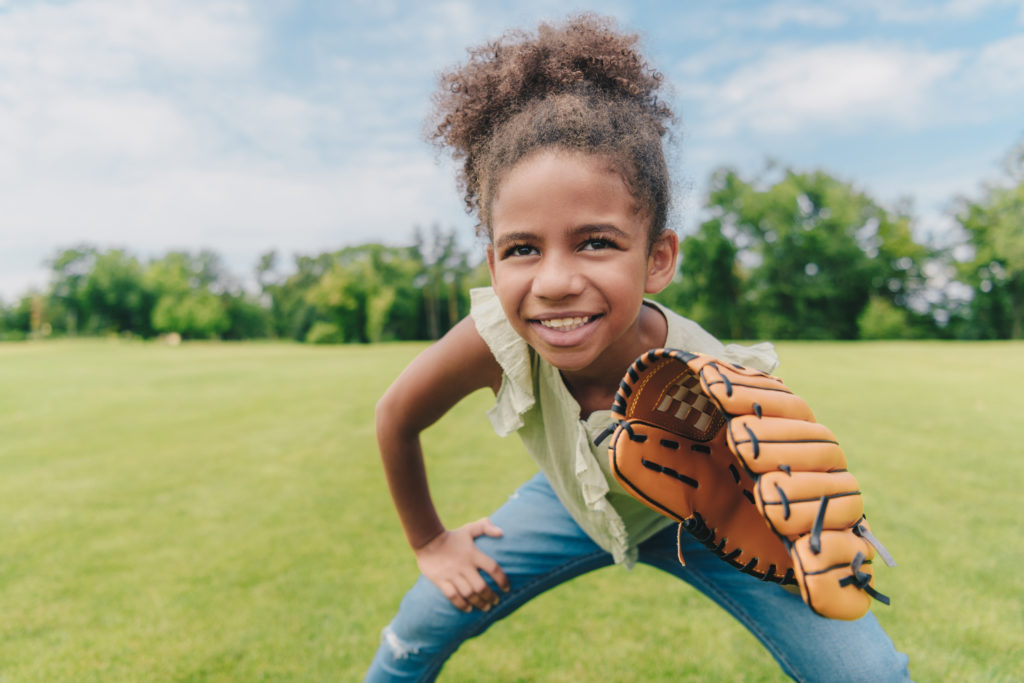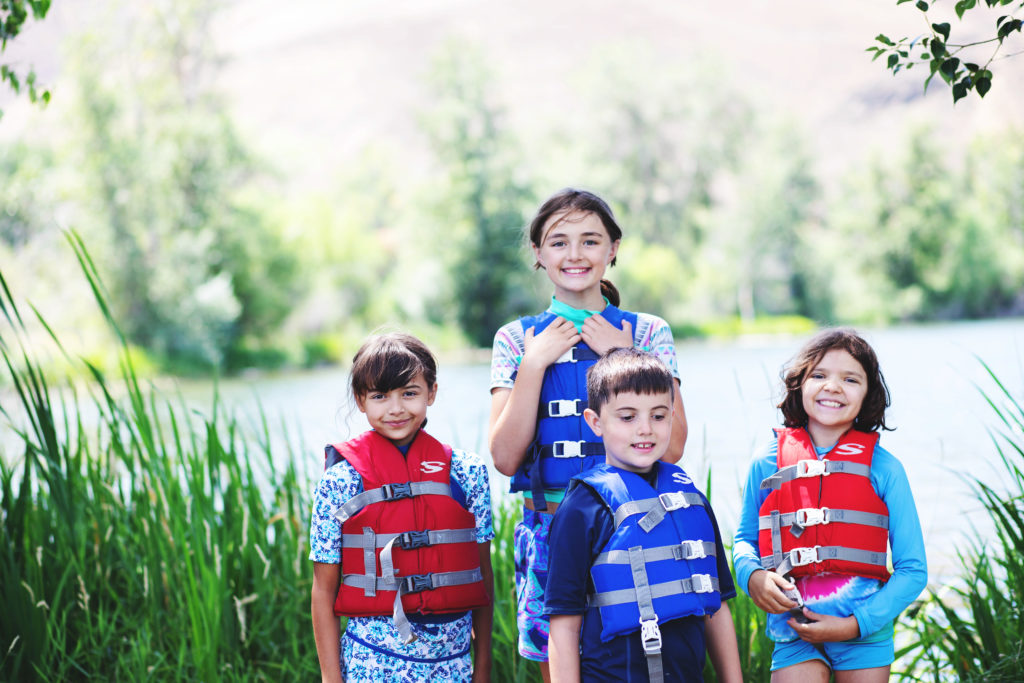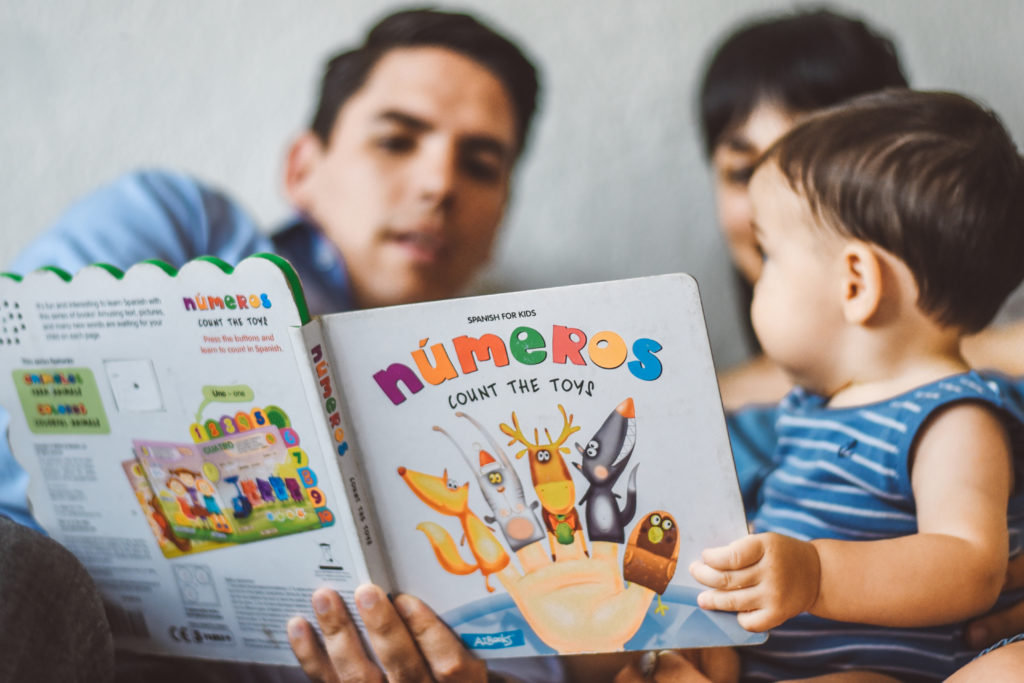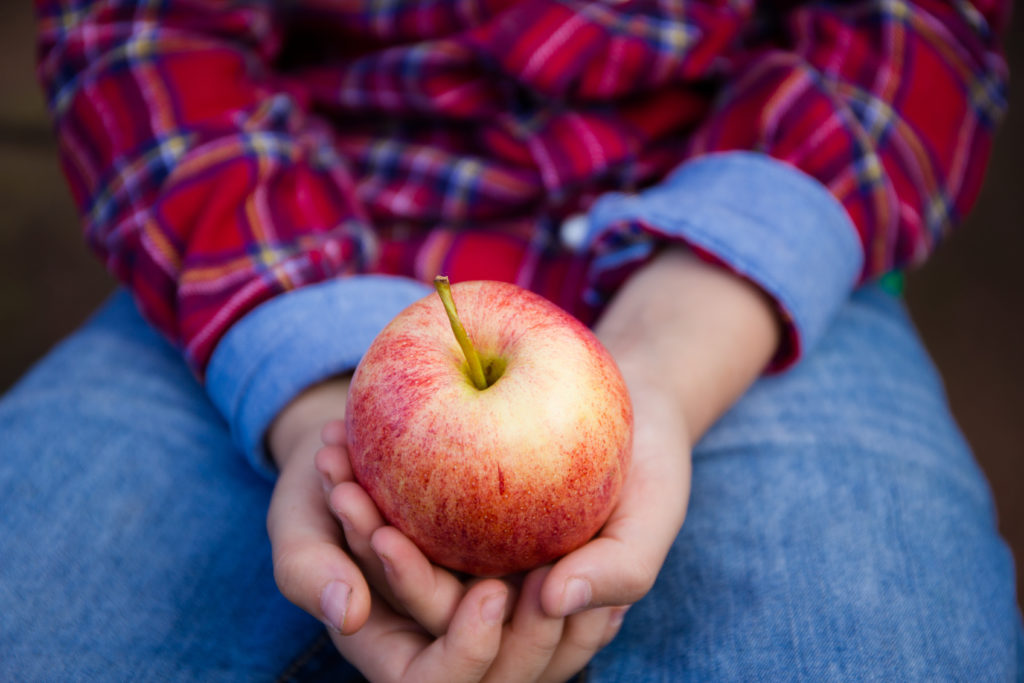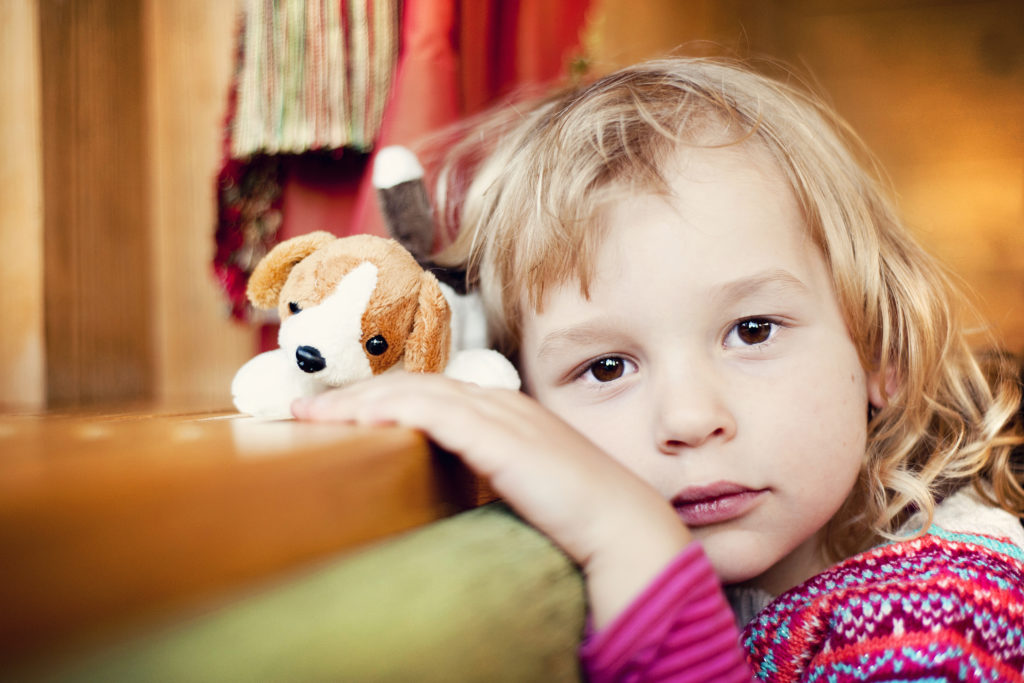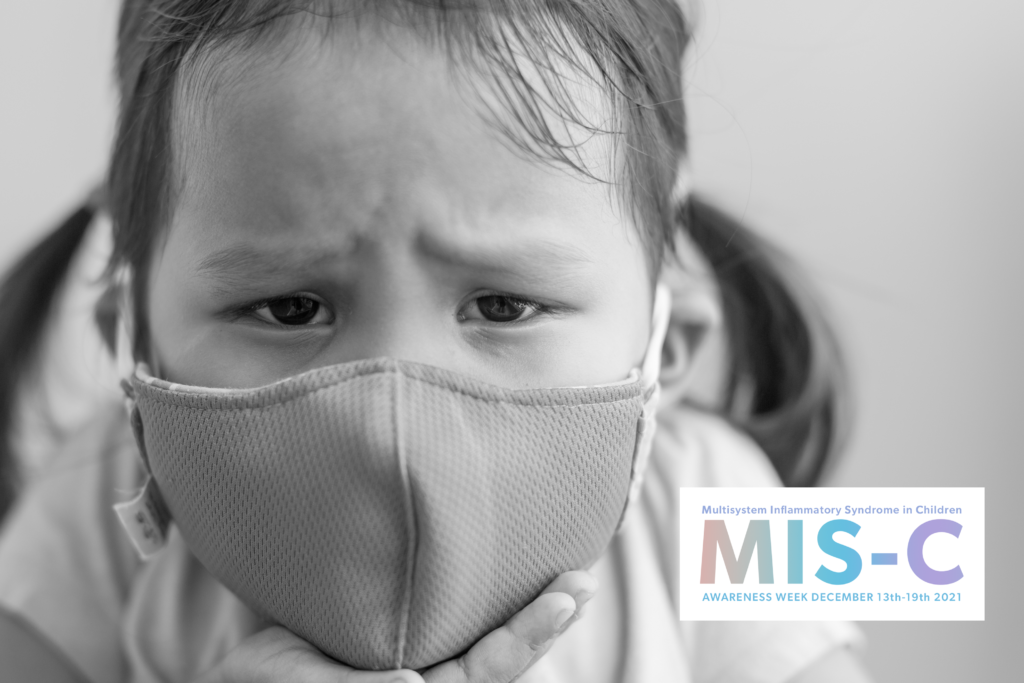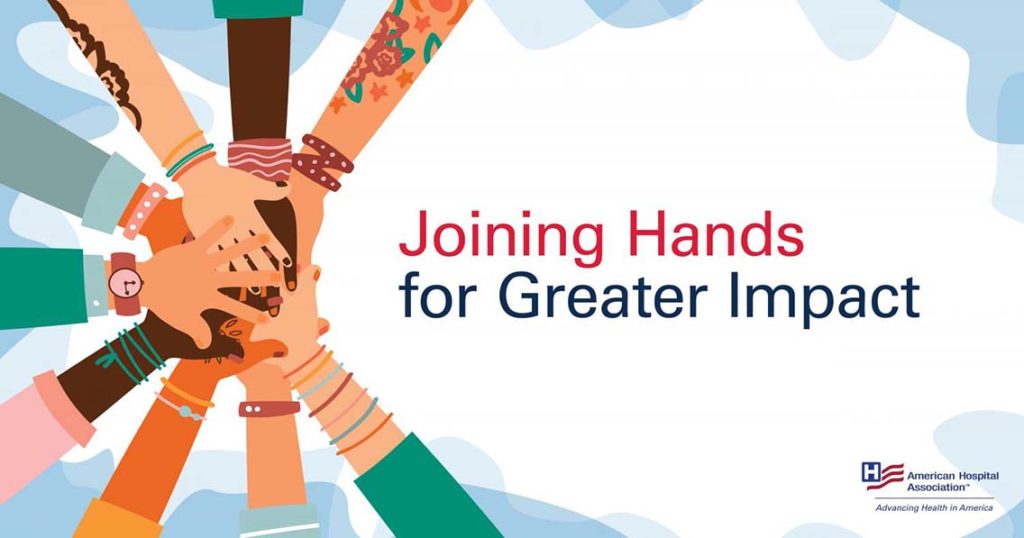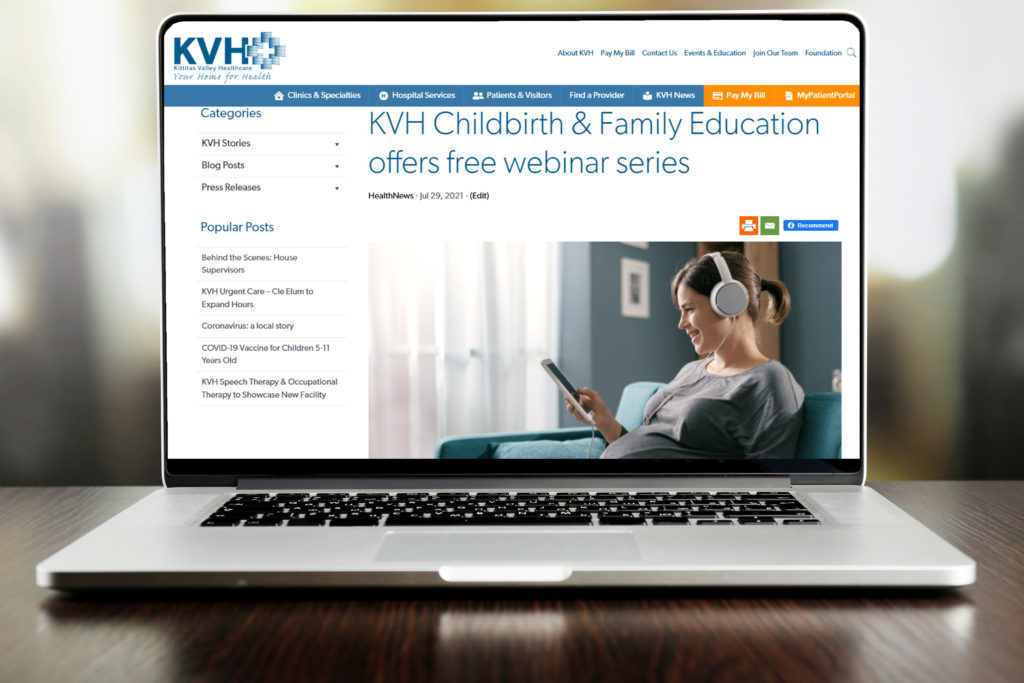Spring is here, the weather is improving and it’s great for kids to be outside, unless your child is itchy, congested, and miserable due to allergies. Seasonal allergies are rare under age 2 years but very common after that, affecting up to 40% of children.
Blog Posts
Nature & Children
So what does outside nature time look like? It could be exploring the backyard or park, hiking, gardening, riding bikes, or just sitting under a tree daydreaming. Unstructured time, without a specific plan, encourages a child to get creative and be independent.
Reach Out and Read
The pandemic has affected so many things for our children, including their education. Despite incredible efforts by devoted teachers and school staff, progress in reading has suffered significantly, with many more students at risk of not learning to read than prior to the pandemic. Kids who do not learn to read in elementary school are at greater risk of dropping out, earning less, and getting in trouble with the law.
Encouraging Healthy Eating Habits for Your Child
Contributor: Dr. Elise Herman As parents, we want our children to eat well. Yet all we can do is set the stage for healthy eating; it is up to the child […]
Tony Nelson (COVID-19)
Reliable friend. Life of the party. Hardworking. People person. That’s how Anthony Nelson’s friends and family have always described him. With a quick wit, sharp intellect and enviable social skills, […]
COVID-19 and Children- Infection and Vaccines
Contributor: Dr. Elise Herman
Parents know too well what “pandemic fatigue” is. They are tired of it all- the masking, the distancing, the quarantining, the disruption of life, and the loss of a “normal childhood” for their kids. But this is a critical time in the COVID-19 pandemic…
MIS-C Awareness Week
A rare and severe condition associated with Covid-19 is MIS-C (Multisystem inflammatory syndrome in children).
Covid-19: Pediatric Insights
Earlier this week Dr. Elise Herman, KVH Pediatrics, joined other pediatric health care leaders for a panel discussion hosted by the American Hospital Association (AHA), American Academy of Pediatrics and Children’s Hospital Association.
Family Feeding Dynamics
Feeding kids can be stressful! This webinar focuses on a simple, stress-free approach to mealtime that will help your child create a lasting healthy relationship with eating. About the Presenter: […]
KVH Childbirth & Family Education offers free webinar series
The Covid-19 Pandemic brought about many changes in the way we …
